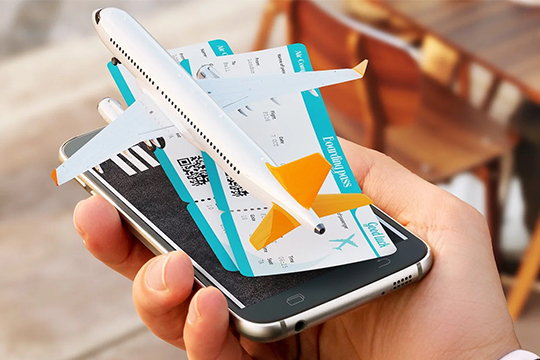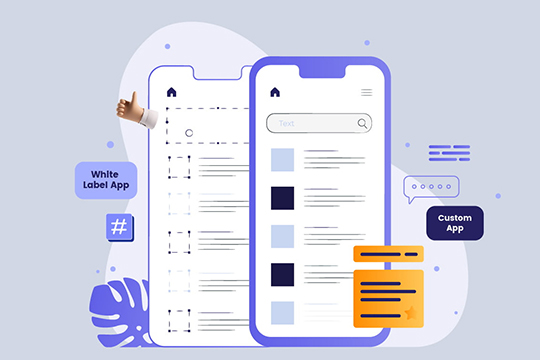How to Build an App Like TripPlanner
Travel planning has been transformed in the age of digital ease by smartphone apps that help consumers plan and manage…
Language learning has become increasingly popular in today’s interconnected world, with individuals seeking to broaden their horizons and enhance their career prospects.
Among the plethora of language learning tools available, Duolingo stands out as a frontrunner, offering an engaging and effective platform for users to learn new languages.
So, how can you build an app like Duolingo that captivates users and facilitates language acquisition?
In today’s globalized society, proficiency in multiple languages has become a valuable asset. Language learning apps play a pivotal role in facilitating this process by providing users with accessible and interactive platforms for acquiring new language skills.
Duolingo has emerged as a leader in the language learning app market, boasting millions of users worldwide. Its success can be attributed to its user-friendly interface, gamified learning experience, and adaptive teaching methods.

Before embarking on the development journey, it’s essential to conduct thorough research and planning. Define your target audience, identify the core features your app will offer, and establish a clear vision for your product.
When it comes to app development, you’ll need to decide between native and hybrid development approaches. Consider factors such as performance, scalability, and time-to-market when making this decision.
The key to a successful language learning app lies in its user experience. Focus on creating an intuitive and visually appealing interface, incorporating gamification elements to keep users motivated and engaged.
Backend and frontend development are crucial stages in bringing your app to life. Leverage the latest technologies and frameworks to ensure a seamless user experience across devices.
Thorough testing is essential to identify and rectify any bugs or issues before launching your app. Conduct beta testing with real users to gather feedback and make necessary improvements.
App store optimization (ASO) plays a vital role in increasing your app’s visibility and attracting users. Implement effective marketing strategies to generate buzz around your launch and drive downloads.
Explore various monetization models, such as freemium, subscription, or in-app purchases, to generate revenue from your app. Strike a balance between monetization and user experience to ensure long-term success.
The journey doesn’t end with the app launch. Continuously monitor user feedback, analyze app performance metrics, and roll out regular updates to keep your app relevant and competitive in the market.

How much does it cost to develop an app like Duolingo?
The cost of developing an app like Duolingo can vary significantly depending on factors such as features, complexity, platform (iOS, Android, web), and development team rates. Generally, a basic language learning app can cost anywhere from $50,000 to $150,000, while more advanced features or customization may increase the cost.
What programming languages are used to build language learning apps?
Language learning apps are typically built using a combination of programming languages. For mobile app development, languages like Swift or Objective-C are used for iOS apps, while Java or Kotlin are used for Android apps. Additionally, web-based language learning platforms may use languages like JavaScript, HTML, and CSS for front-end development, and languages like Python, Ruby, or PHP for back-end development.
Can I integrate speech recognition technology into my language learning app?
Yes, you can integrate speech recognition technology into your language learning app. Speech recognition APIs and libraries, such as Google Speech-to-Text or Apple’s Speech Recognition API, can be utilized to enable users to practice speaking and receive feedback on their pronunciation.
How can I attract and retain users for my language learning app?
To attract and retain users for your language learning app, consider implementing the following strategies:
What are some challenges in maintaining and updating a language learning app?
Some challenges in maintaining and updating a language learning app include:
Building an app like Duolingo requires careful planning, meticulous execution, and a deep understanding of user needs. By following these steps and staying committed to delivering value to your users, you can create a language learning app that makes a meaningful impact.

Travel planning has been transformed in the age of digital ease by smartphone apps that help consumers plan and manage…

Introduction Mobile apps are now essential tools for tourists looking for speed, efficiency, and customised experiences in the fast-paced world…

Introduction Mobile applications, which meet a variety of requirements and interests, have become an essential part of our lives in…